Artificial dry diets cannot yet completely replace fresh foods
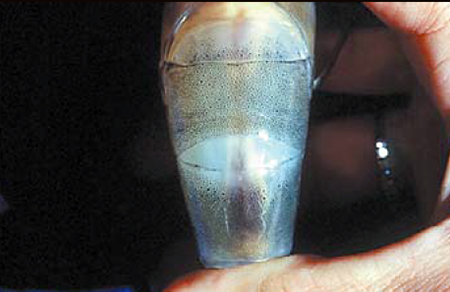
An optimal diet is identified as a crucial factor for the sexual maturation and reproduction of penaeid shrimp. The weight of the ovaries of maturing shrimp can increase 4 to 6 fold in approximately one week, and in that time sufficient nutrients need to be deposited into the egg yolk to sustain the normal development of the embryos and pre-feeding larvae.
It has been reported that an unbalanced or incomplete diet causes poor reproductive performance or may even preclude reproduction entirely. Feed is also the highest cost in most broodstock management facilities.
The need to replace fresh food
Fresh or fresh-frozen food (e.g. squid, mussels, clams, oysters, artemia biomass and bloodworms) are required to ensure acceptable broodstock maturation and reproduction outputs. Their nutritional contribution to maturing animals has not been fully understood, but it is believed that their success is based on their fatty acid and amino acid profile, high sterol content and possibly the presence of hormonally-active substances. However, according to a recent survey that was conducted in commercial hatcheries in the Western hemisphere (Kawahigashi 1998), the development of artificial broodstock diets capable of replacing the fresh food ingredients is a top priority.
Dry artificial diets have several advantages over fresh food, including reliable supply, reproducible and controlled quality, ease of use, improved stability under storage, reduced tank fouling, reduced risk of disease introduction, and easy delivery of chemotherapeutants, immunostimulants and/ or hormones (Harrison 1990).
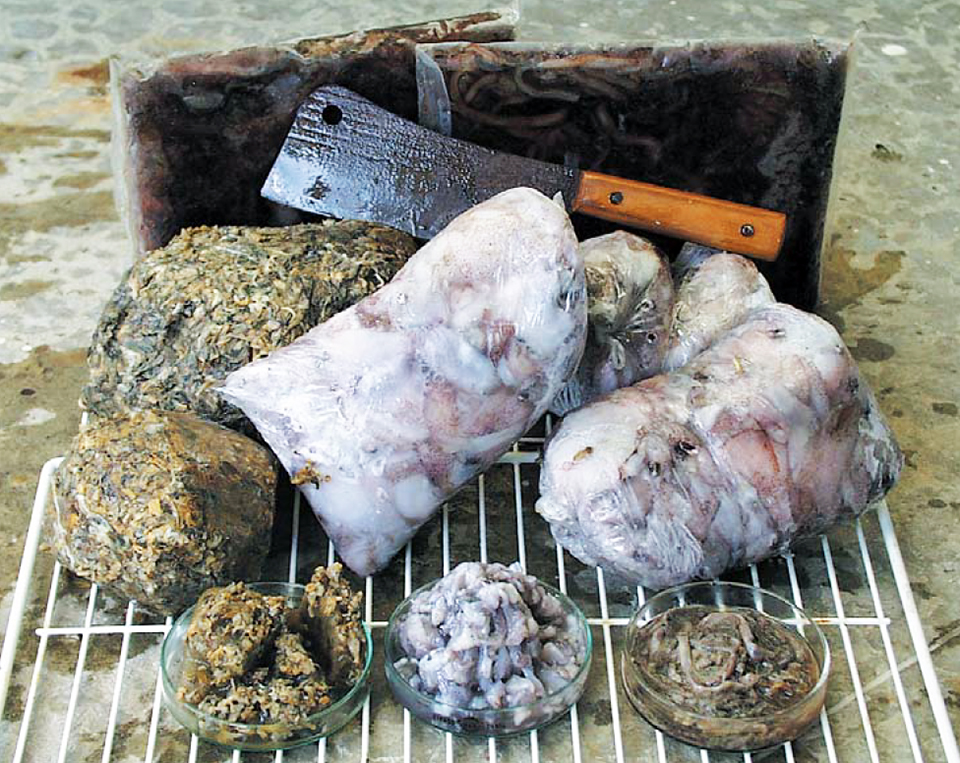
The use of commercial broodstock diets
Almost every attempt to completely replace fresh food with artificial diets results in a decrease in ovarian maturation, a reduced number of spawns, and inferior larval quality. However, partial replacement of fresh feeds with artificial diets can generally be expected to give excellent reproductive results. In commercial maturation facilities, the use of artificial maturation diets is common, but only at low levels. We recently conducted a survey on the use of commercial diets among shrimp hatcheries with maturation facilities. The survey included 13 hatcheries from Ecuador, two from Mexico, three from the USA, and one each from Colombia and from Brazil. The results are presented in Table 1.
Wouters, artificial diets, Table 1.
| Parameter | On Wet Weight Basis Mean | On Wet Weight Basis Range | On Dry Weight Basis Mean | On Dry Weight Basis Range |
|---|---|---|---|---|
| Total feeding rate (%/day) | 18.8 | 5.0-31.0 | 5.0 | 2.3-8.2 |
| Artificial diet feeding rate (%/day) | 1.0 | 0-4.0 | 0.9 | 0-3.5 |
| Artificial diet share of total diet (%) | N/A | N/A | 16.0 | 0-53.0 |
Eighty percent of the hatcheries surveyed used artificial broodstock diets. Only in 15 percent of the hatcheries did artificial diets represent more than 25 percent of the total feeding regime. The commercial diets that were used are Breed S (INVE Aquaculture NV, Belgium), Higashimaru (Higashimaru Co., Japan), MadMac-MS (Aquafauna Biomarine, Inc., USA), Nippai (Japan), Rangen (Rangen, Inc., USA) and Zeigler (Zeigler Bros., Inc., USA). One hatchery had its own diet made by a feed manufacturer. The most popular diet was a dry premix, preferred by many panelists because it allows mixing with essential nutrients, minced fresh food and/or chemicals.
None of the hatcheries surveyed reported feeding rates on a dry weight basis. In fact, many hatchery managers do not take into account that the dry matter content of dry artificial diets is about five-fold that of fresh food, and they do not lower the feeding rate of fresh food when starting to work with artificial diets. In consequence, we cannot use the term “fresh food replacement.”
Instead, the common practice is supplementation with artificial diets, which increases the total feeding rate on a dry-weight basis. Adult shrimp consume 2 to 3 percent BW per day on a dry-weight basis, yet some feeding rates exceed 5 percent per day. This is one of the reasons why many hatchery managers observe that their shrimp broodstock does not ingest more than around 1 percent artificial diets on a daily basis. Another reason why artificial broodstock diets are not fed in higher proportions is that most available diets are not performing as well as fresh diets.
Broodstock diet performance
To reduce the risk that the nutrient requirements of reproducing shrimp might not be met by the diet, the following formulation practices are generally adopted:
- High levels of essential nutrients are formulated, including vitamins, astaxanthin, omega-3 highly unsaturated fatty acids (omega-3 HUFA), cholesterol and lecithin.
- Practical ingredients of premium quality are used: animal meals and oils of marine origin (squid, shrimp, krill, cold-water fish), fish solubles, yeast and algae.
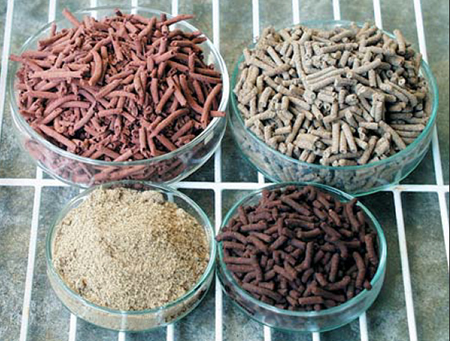
Still, our knowledge of the nutrient requirements of adult shrimp during maturation and reproduction is limited, and over-fortification or an improper nutrient balance may negatively affect the reproductive performance. Finally, the use of premium ingredients for diets that serve a limited market makes them rather expensive.
In research trials, the substitution levels of fresh food with artificial broodstock diets are often higher than those applied in commercial facilities. Several studies demonstrated that at least a 50 percent substitution level should be applicable without loss of reproductive output. Galgani et al. (1989) used a feeding regime with 88 percent artificial diet for Litopenaeus stylirostris and L. vannamei broodstock, obtaining satisfactory results in terms of spawn frequency, fecundity and egg fertilization. In part, this success can be explained by the inclusion of minced fresh squid or shrimp into the pellet.
Marsden et al. (1997) developed a 100 percent moist artificial diet for Penaeus monodon broodstock that outperformed a fresh food treatment in terms of spawn frequency and larval survival. They also had to include fresh food such as minced mussel and calf liver into the soft pellet to obtain these results. The problem with moist diets, as compared to dry diets, is their limited shelf-life and low water stability, which is why they are generally not available commercially. On the other hand, shrimp appear to accept moist diets easier than dry diets.
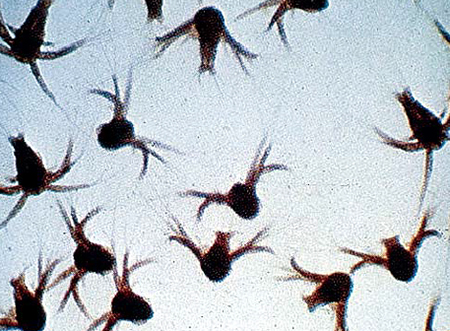
Preliminary results of our joint-research effort (CENAIM-ESPOL Foundation, and Laboratory of Aquaculture & artemia Reference Center) with artificial broodstock diets for L. vannamei were presented last year at the 5th Ecuadorian Aquaculture Conference in Guayaquil. Firstly, an experimental dry diet replaced 50 percent of the fresh food in laboratory and commercial scale reproduction trials, without loss of reproductive output or larval quality. Frozen bloodworms and artemia biomass were replaced completely. Secondly, the use of artemia meal (freeze-dried artemia biomass) in the diet formulation improved diet ingestion rate, ovarian maturation and fecundity.
Conclusion
Artificial dry diets for shrimp broodstock offer many advantages, but they are still not effective in completely replacing fresh foods. A survey of commercial shrimp maturation facilities indicated that dry maturation diets are widely utilized, but they comprise only a minor share of the total feeding regime. Research has shown that the proportion of artificial feeds in the total diet can be increased to 50 percent on a dry weight basis without detrimental effects.
Further research on the nutritional requirements of shrimp broodstock is needed to allow formulation of artificial diets which completely replace fresh foods and allow high and prolonged reproductive performance in a more cost-effective manner.
(Editor’s Note: This article was originally published in the April 2000 print edition of the Global Aquaculture Advocate.)
Now that you've reached the end of the article ...
… please consider supporting GSA’s mission to advance responsible seafood practices through education, advocacy and third-party assurances. The Advocate aims to document the evolution of responsible seafood practices and share the expansive knowledge of our vast network of contributors.
By becoming a Global Seafood Alliance member, you’re ensuring that all of the pre-competitive work we do through member benefits, resources and events can continue. Individual membership costs just $50 a year.
Not a GSA member? Join us.
Authors
-
Roeland Wouters
CENAIM-ESPOL Foundation
P.O. Box 0901 4519
Guayaquil, Ecuador[99,101,46,117,100,101,46,108,111,112,115,101,46,109,105,97,110,101,99,64,115,114,101,116,117,111,119,114]
-
Julia Nieto
CENAIM-ESPOL Foundation
P.O. Box 0901 4519
Guayaquil, Ecuador -
Patrick Sorgeloos
Laboratory of Aquaculture
& Artemia Reference Center
University of Ghent
Rozier 44, B-9000
Gent, Belgium
Related Posts
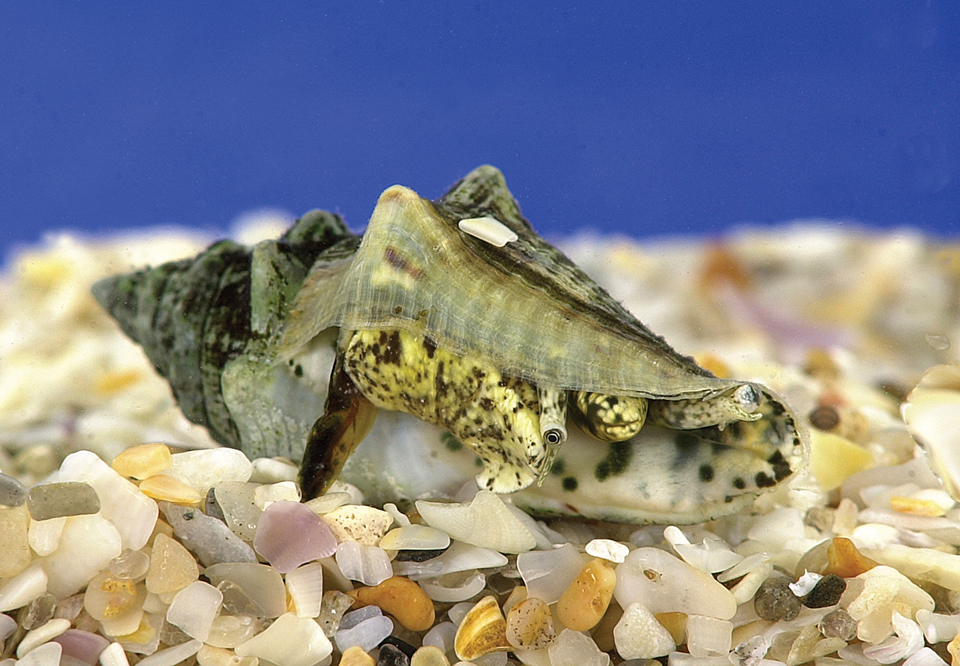
Health & Welfare
Artificial diets for juvenile queen conch
Researchers found juvenile queen conch fed diets containing added macroalgae had higher survival than a control given catfish feed only.
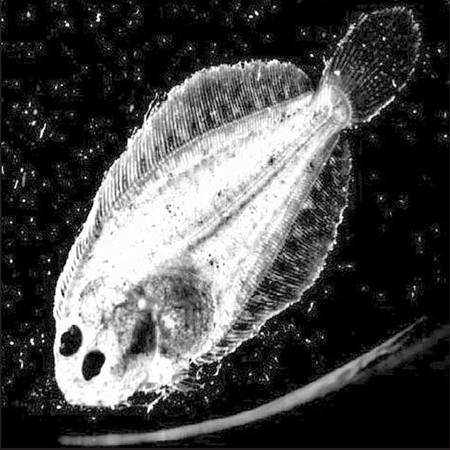
Health & Welfare
Feeding protocol for larval husbandry of southern flounder
Southern flounder is an excellent candidate for intensive aquaculture in tanks and raceways using recirculating systems.
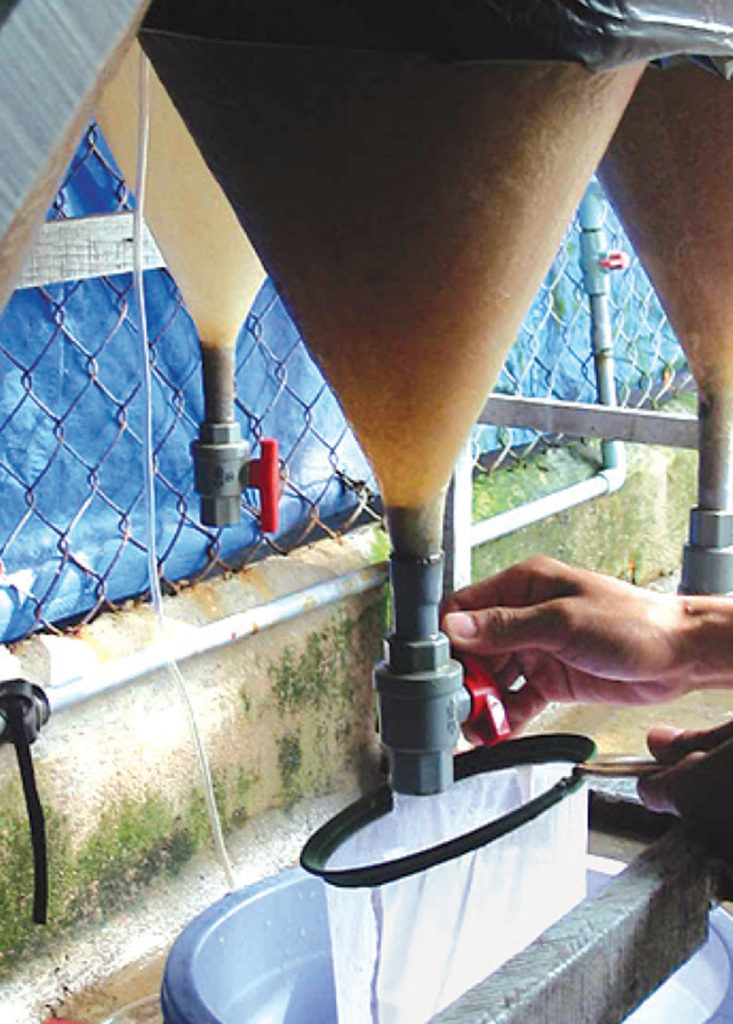
Aquafeeds
Artemia replacement diets for penaeid shrimp
At shrimp hatcheries, artemia replacement diets are used to replace live artemia, but complete replacement in commercial conditions remains a challenge.
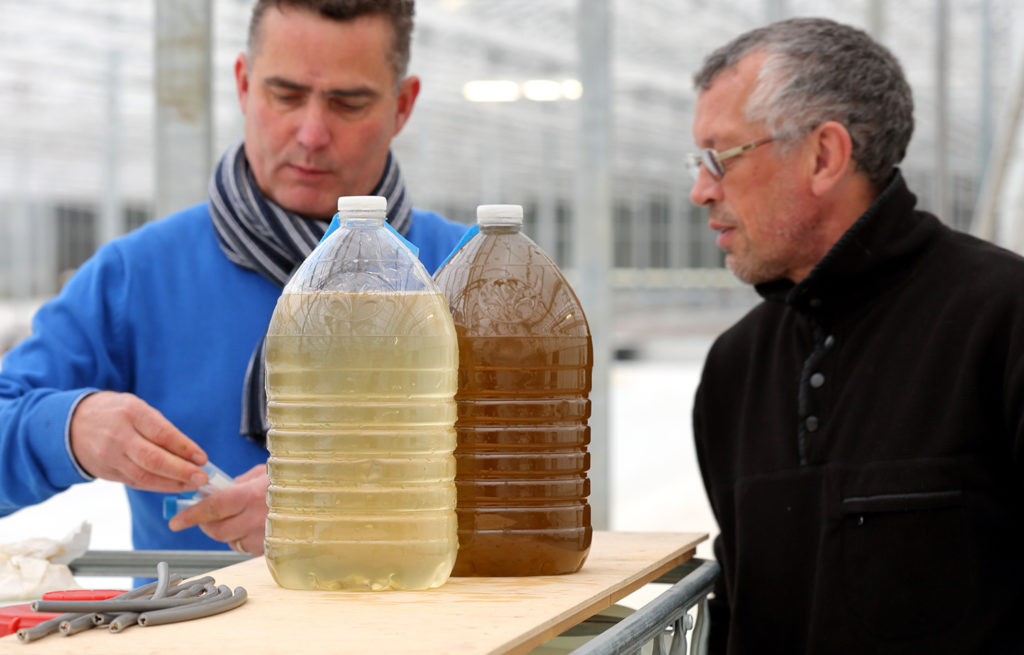
Innovation & Investment
Algae innovators aim to freeze out early-stage shrimp losses
A greenhouse in Belgium believes its innovative shrimp feed product, made from freeze-dried microalgae, packs the necessary nutrients for the crustacean’s most vulnerable life stage: the first three days of its life.



